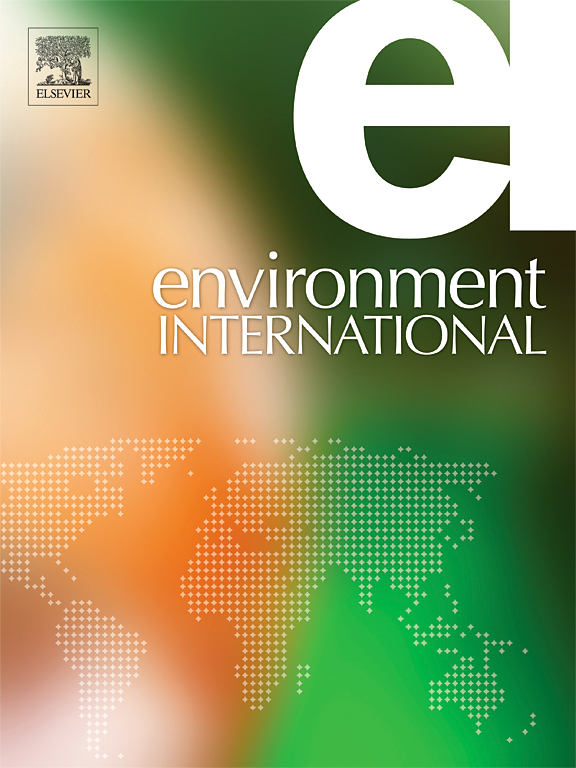面对数据缺口传达风险:卫生棉条中的有毒金属
IF 10.3
1区 环境科学与生态学
Q1 ENVIRONMENTAL SCIENCES
引用次数: 0
摘要
最近(Öberg,2024 年)有一篇关于我们的手稿《卫生棉条是接触金属的来源》(Shearston 等人,2024 年)的文章,强调了在存在数据缺口的情况下,数据对于完整的风险评估和公共健康交流的重要性。我们的研究测量了卫生棉条中 16 种金属的浓度,发现了有毒金属铅(Pb)、砷(As)和镉(Cd)。我们的研究在同类研究中尚属首次,我们发现卫生棉条样本中普遍存在我们检测的大多数金属。我们的结论是,使用卫生棉条是月经期人群接触金属的潜在来源,并强调今后需要开展研究,评估卫生棉条中这些金属的生物可及性及其对健康的潜在影响(Shearston 等人,2024 年)。在我们测试的卫生棉条的成分包装清单中,没有任何一种我们测量的金属。我们在一份新闻稿中分享了我们的研究结果,以告知公众,同时为了避免引起不必要的恐慌,我们强调有必要开展进一步的研究,以全面了解卫生棉条中金属的潜在暴露和对健康的影响。本文章由计算机程序翻译,如有差异,请以英文原文为准。
Communicating risk in the face of data gaps: Toxic metals in tampons
A recent correspondence (Öberg, 2024) about our manuscript, Tampons as a source of exposure to metal(loid)s (Shearston et al., 2024), highlights the importance of data for complete risk assessment and public health communication when data gaps exist. Our study, which measured the concentration of 16 metals in tampons, detected the toxic metals lead (Pb), arsenic (As), and cadmium (Cd). Our study was the first of its kind, and we found the ubiquitous presence of most of the metals we tested for in our tampon samples. We concluded that tampon use is a potential source of exposure to metals for people who menstruate, and highlighted the need for future studies to assess the bioaccessibility of these metals in tampons and their potential impacts on health (Shearston et al., 2024). None of the metals we measured was included in the ingredients packaging list of any of the tampons we tested. We shared our findings in a press release to inform the public, and, to avoid causing unnecessary alarm, emphasized the need for further research to fully characterize the potential exposure and health implications of metals in tampons.
求助全文
通过发布文献求助,成功后即可免费获取论文全文。
去求助
来源期刊

Environment International
环境科学-环境科学
CiteScore
21.90
自引率
3.40%
发文量
734
审稿时长
2.8 months
期刊介绍:
Environmental Health publishes manuscripts focusing on critical aspects of environmental and occupational medicine, including studies in toxicology and epidemiology, to illuminate the human health implications of exposure to environmental hazards. The journal adopts an open-access model and practices open peer review.
It caters to scientists and practitioners across all environmental science domains, directly or indirectly impacting human health and well-being. With a commitment to enhancing the prevention of environmentally-related health risks, Environmental Health serves as a public health journal for the community and scientists engaged in matters of public health significance concerning the environment.
 求助内容:
求助内容: 应助结果提醒方式:
应助结果提醒方式:


